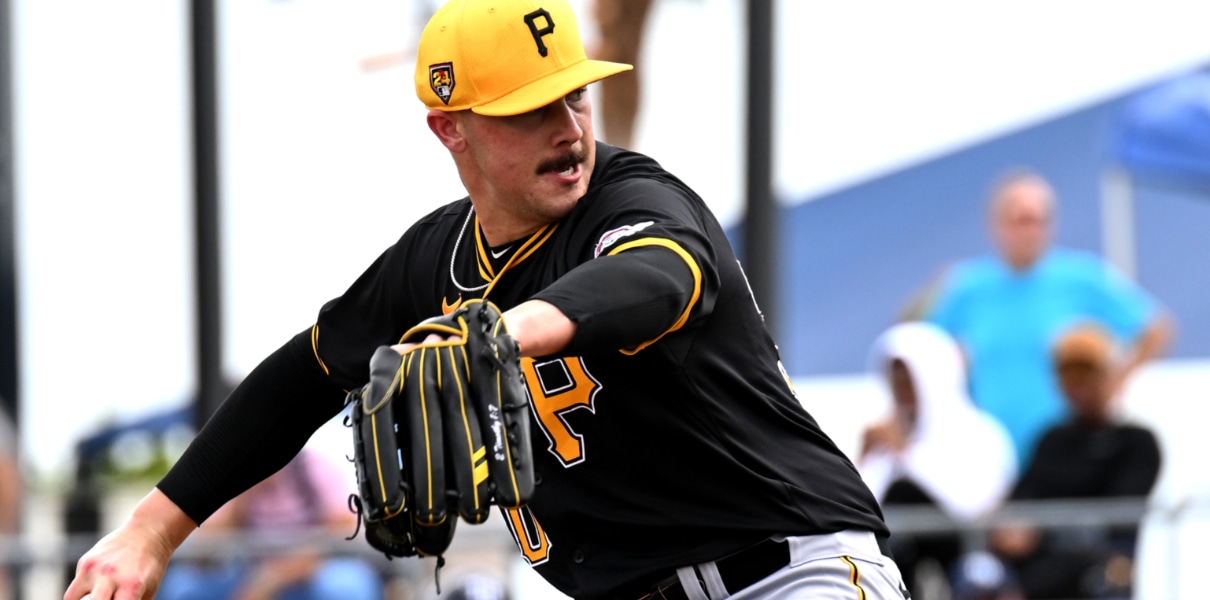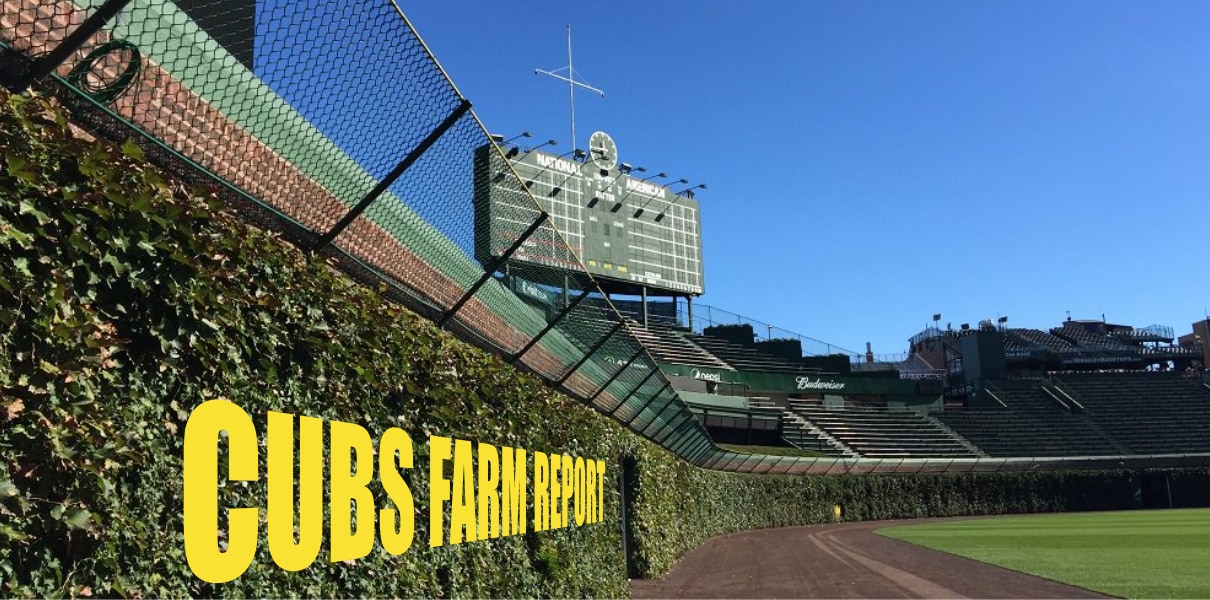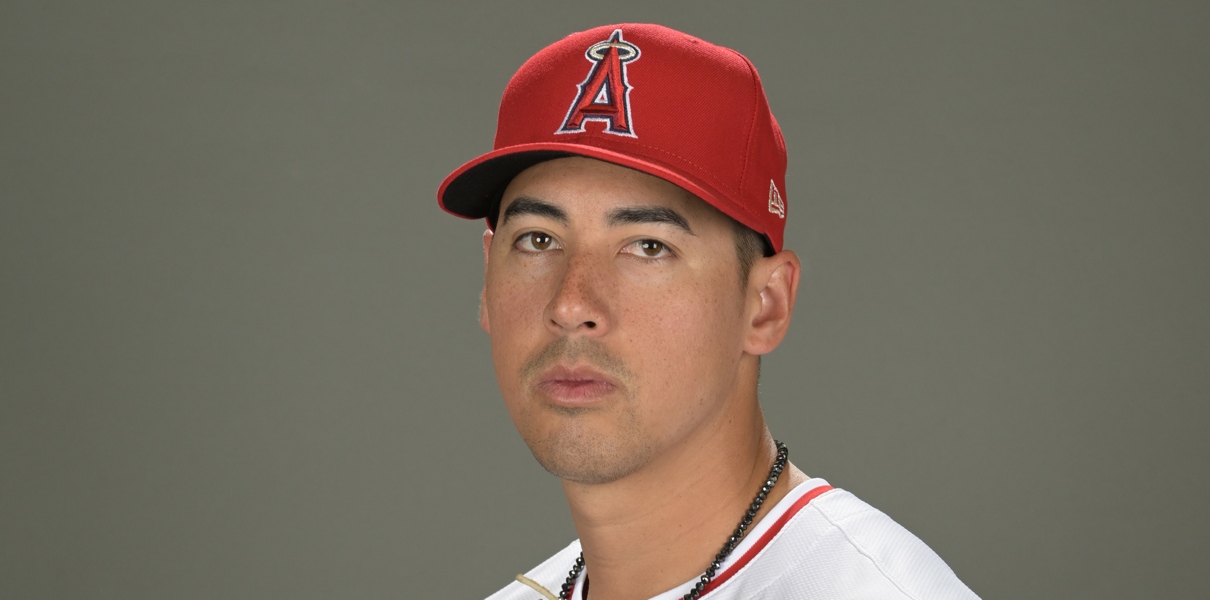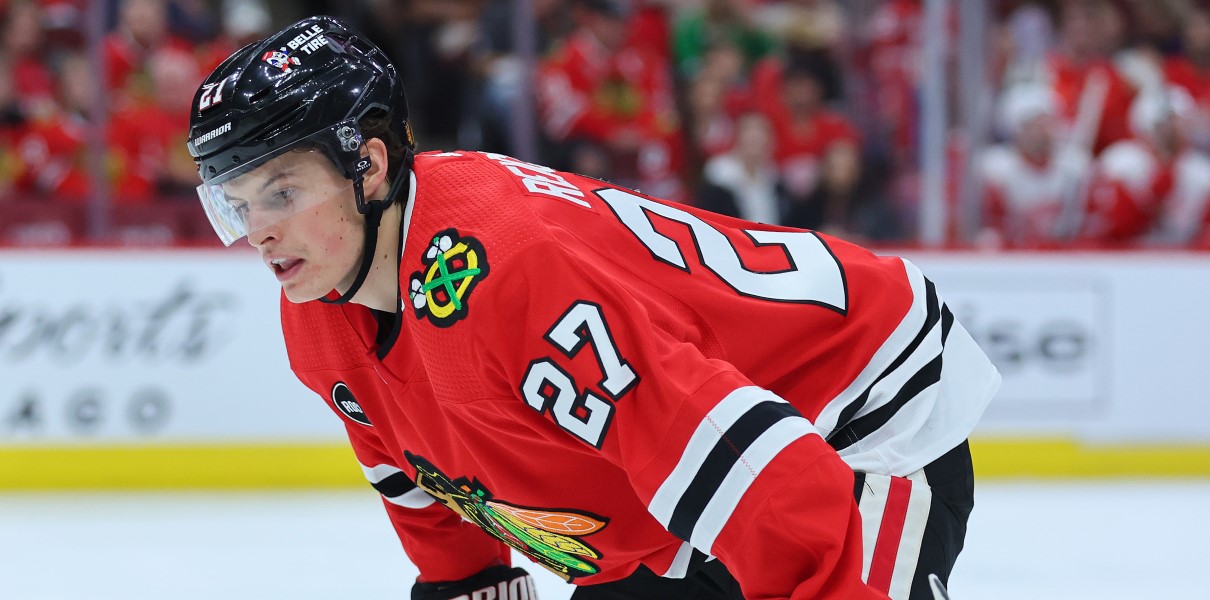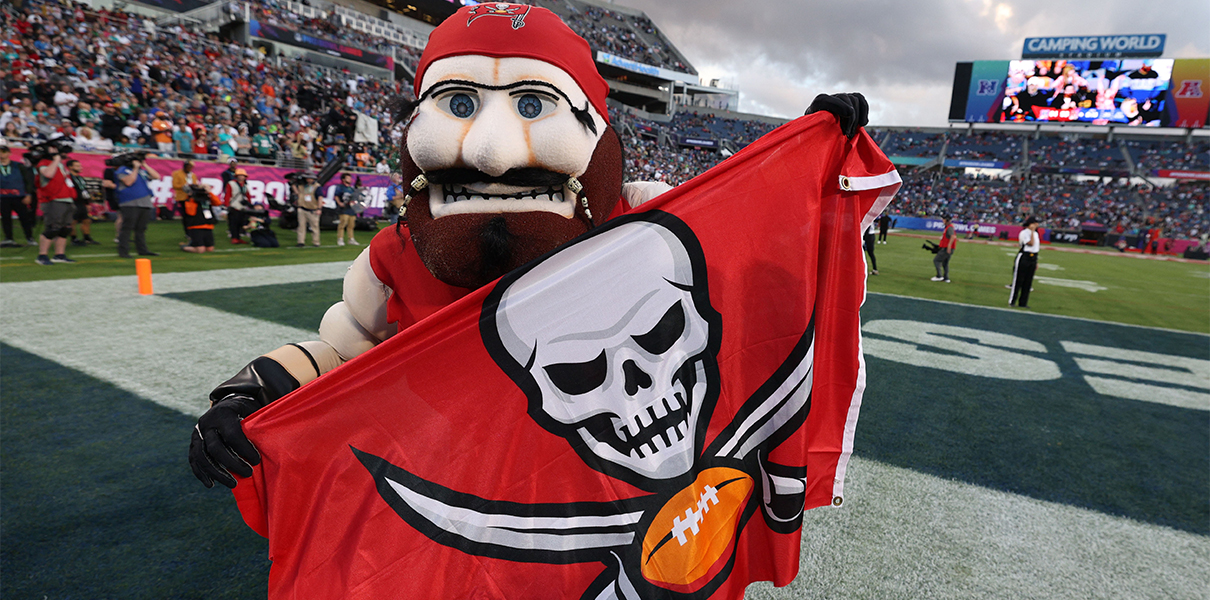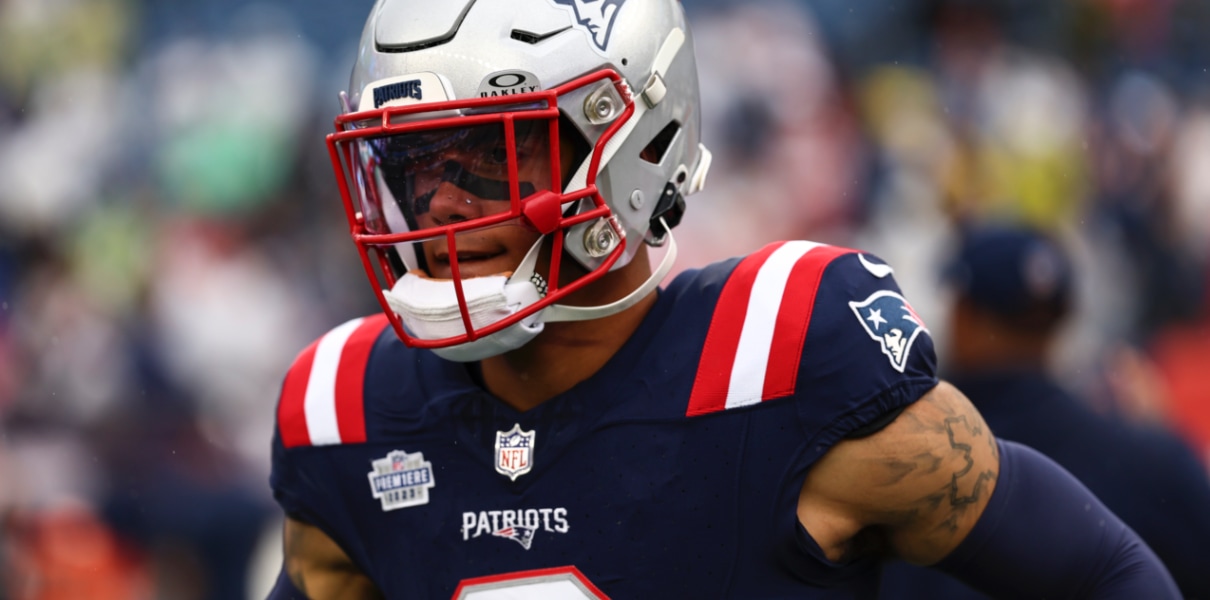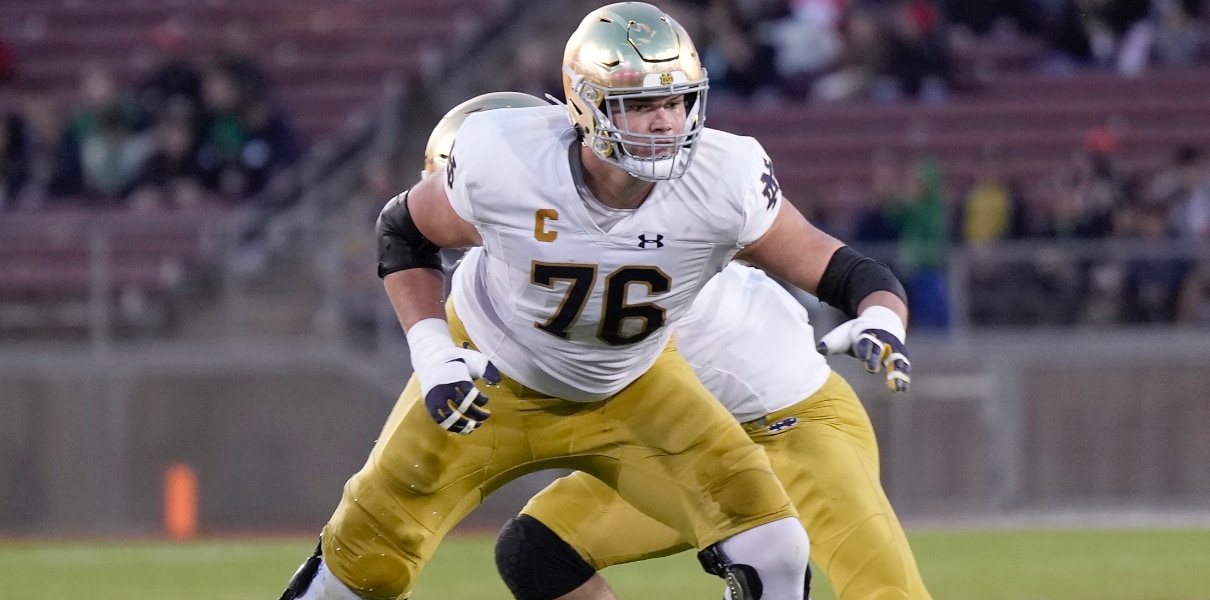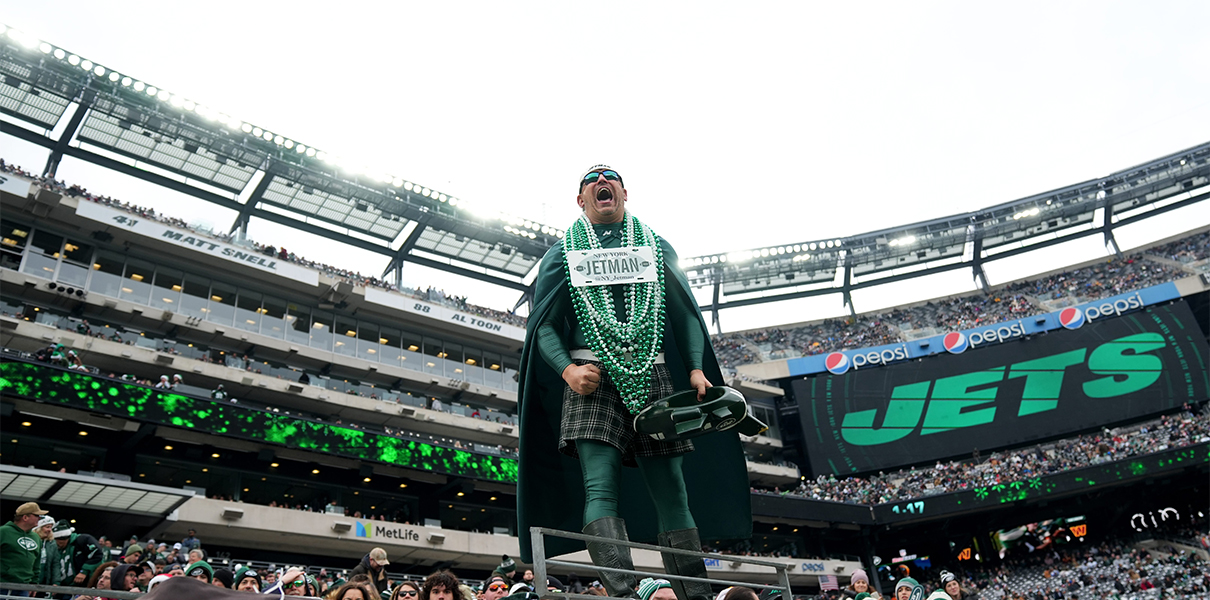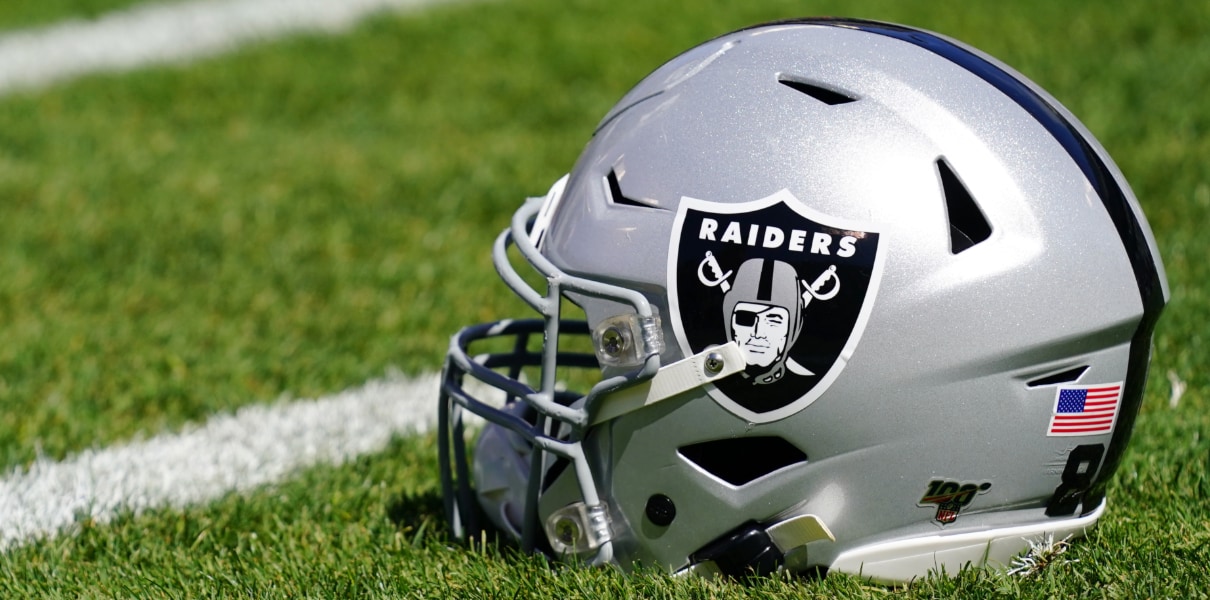This offseason figures to be one of the most high-priced and exciting free agent affairs in the league’s long history – and the Chicago Cubs could very well be at the heart of it all (LOL … that might not be true anymore). In any case, these players present possible fits for the Cubs, at a range of potential costs, positions, and talent levels.
Previously: Bryce Harper
Potential Target: Andrew Miller, age 33
Performance in 2018
Although there is still some stuff to like, Andrew Miller’s 2018 season was nowhere near as impressive as the four that came before it:
The first thing that’ll stand out to most is that ERA up over 4.00. Because, however convincing the excuses or peripherals may be, those are not the results of an elite, back-end bullpen arm. And, of course, the low-inning total stands out, as well, but we’ll table his three distinct injuries until later in this post.
When Miller was on the field this season, he still managed to generate plenty of strikeouts, but that near-30% K rate is well below the mid-to-upper 30s he’d posted in the six seasons prior. In fact, it’s his lowest rate since 2011, when he was still a failing starting pitcher, so it’s still good, yes, but a huge step down. And in the meantime, he also posted his highest walk rate since 2014, so it’s hard to feel “good” about which way he’s trending, even if the numbers look fine in isolation.
But even with that aside, Miller’s batted ball data has got me all the way shook. Despite usually being a near-elite contact manager, Miller earned just a 14.9% soft-hit rate last season, while watching his hard contact explode over 40%. Miller hasn’t had a hard% above 30% since he was a starter back in 2010, so that’s about as bad as it gets for him.
As far as the “luck” factor goes, yes, Miller’s .329 BABIP was high and his 75.3% strand rate was low, but, in my view, the huge increase in hard contact explains the former and the drop in strikeouts explains the latter. It’s only “bad luck” when that stuff happens despite stationary (or even improving) peripherals. I can’t say that’s *exactly* what he deserved, but he definitely didn’t earn his career marks.
Final word: Injuries or not, Miller saw significant drops in his K rate and soft-hit rate, and massive increases to his walk rate and hard-hit rate. That’s not encouraging.
Performance Before 2018
Of course, before 2018, he was basically the best reliever in baseball.
In the four seasons from 2014 to 2017, Miller’s 1.72 ERA ranked third best in baseball (behind only Wade Davis and Zach Britton) and so did his 1.83 FIP (behind only Kenley Jansen and Aroldis Chapman). And despite those third place finishes, Miller threw many more innings than all four of those elite relievers.
Few pitchers were as dominant as Miller has been over the past several years, and I suspect Cubs fans are intimately familiar with that dominance thanks to the 2016 postseason (and rumors of the Cubs trying to pry him away from the Yankees before settling for Aroldis Chapman). For those reasons, I don’t much feel the need to belabor the point: there was hardly another reliever you’d prefer to Miller from 2014-2017.
Projection for 2019 and Beyond
And because of that, his projections remain quite good. Steamer isn’t expecting him to return to that elite level of dominance (a year removed and three injuries will do that to you), but a 3.07 ERA and FIP over 45.0 IP with a 30.9% k-rate and 8.5% walk rate is tough to argue with. If that’s where Miller winds up next season (perhaps with a few more innings than that), he’s going to make some team perfectly content.

Possible Contract/Existing Rumors
MLB Trade Rumors: 3 years, $27M
FanGraphs: 2 years, $22-26M
Jon Heyman: 1 year, $13M
His Expert: 2 years, $20M
So Jon Heyman seems to believe Miller will look to reestablish his value with a one-year deal, before going back out in force for the bigger contract next winter, but everyone else sees an acceptable multi-year offer in his future. Even still, the most aggressive prediction length is three years, and the most aggressive prediction on AAV is $13M. And because Miller’s almost certainly not getting a 3/$39M offer, I think you might expect to see him land under $30M total.
The Cubs have been connected to Miller heavily in the past and they’re known to be looking for left-handed relief help, so there is probably some smoke here for a potentially serious free-agent pursuit.
Other Considerations/Injuries
Okay, so Miller spent some significant time on the disabled list this past season, including a trip in April (left hamstring), May (right knee), and August (shoulder). A team might feel comfortable hoping those injuries were all flukey given how stable he’s been over the years, but that heavy usage (and his age) could also be catching up with him.
Not unlike when the Cubs signed Brandon Morrow last season, investing in Andrew Miller at age 33.5 after an injury-riddled season is going to be a gamble. But also not unlike Morrow, that doesn’t mean he can’t be dominant when he’s on the field.
I think the biggest question, however, is going to be how much his injuries last season will affect his performance next year. Because if he’s not dominant when he is healthy, he may not be worth the risk that he won’t be healthy.
Fit for Cubs
The Cubs sure do need bullpen help, particularly from the left side. As of today, here’s how their back end options shake out:
- Steve Cishek (heavy usage)
- Carl Edwards (lost all control, then got hurt)
- Brandon Morrow (didn’t pitch past July)
- Pedro Strop (ended the season on the DL)
Their four best bullpen options are all right-handed *and* all of them come with significant questions. The Cubs need not only reinforce their back-end options, they desperately need to balance things out a bit – maybe Mike Montgomery can be a back-end left-handed option, but he’s been forced into the rotation in all three of his seasons with the Cubs, so it’s could happen again in 2019.
So positionally (a left-handed, back-end reliever), Miller fits quite well. We anticipate that his price tag might not be particularly high, he might also fit into the Cubs offseason spending plans, as well.
Although it all comes back to the same question: Are the Cubs “not spending” with regards to the third tier of the luxury tax threshold (under which they have about $20M to maneuver) or are they “not spending” in terms of a massive $300M deal for Bryce Harper (or Manny Machado)? If it’s the former, adding Miller, even at a $9M AAV, might end the Cubs offseason spending (short of trades) when you account for the money they like to earmark for in-season pick-ups and bonuses, but if it’s the latter, Miller would fit no problem.
That said, perhaps the concerns about Miller’s age, injuries, and down 2018 will be sufficient to turn him into something of a buy-low, take-a-risk type signing. With a robust free agent market in relief this year, maybe Miller will wind up costing less than expected.
Ultimately, I can envision Miller winding up on the Cubs, but if it does happen, I think we’ll also learn a lot about the club’s offseason intentions in the process of the signing playing out.







